You just found the perfect I2C sensor, and you want to wire up two, three, or more of them to your Arduino. When you realize “Oh no, this chip has a fixed I2C address, and from what I know about I2C; you cannot have two devices with the same address on the same SDA/SCL pins”. Are you out of luck? You would be if you don’t have this cool CJMCU TCA9548A I2C 8 Channel Multiple Extensions Development Board.
The CJMCU TCA9548A I2C 8 Channel Multiple Extensions Development Board is interesting in that it has an I2C address (0x70 by default) – and you basically send it a command to tell it which I2C multiplexed output you want to talk to, then you can address the board you want to address.


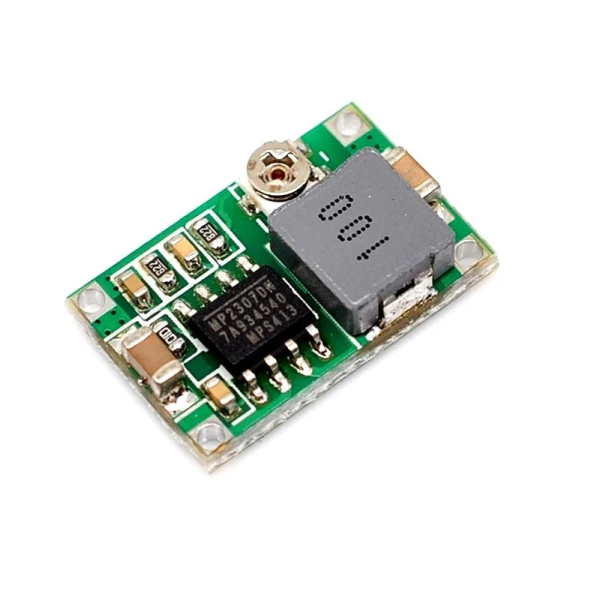
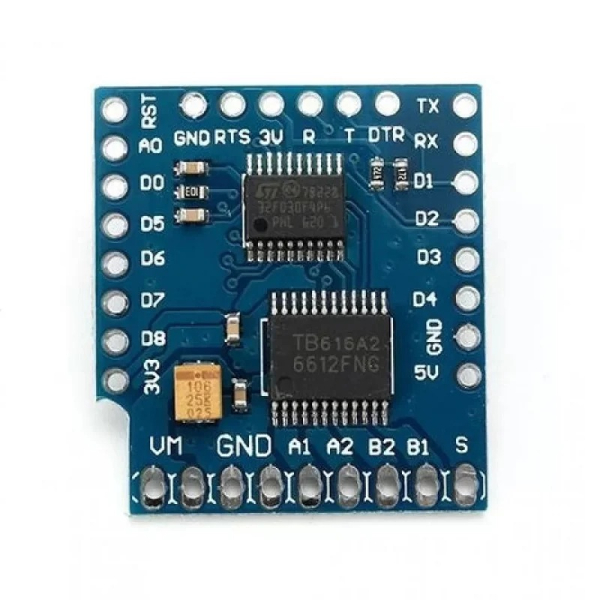
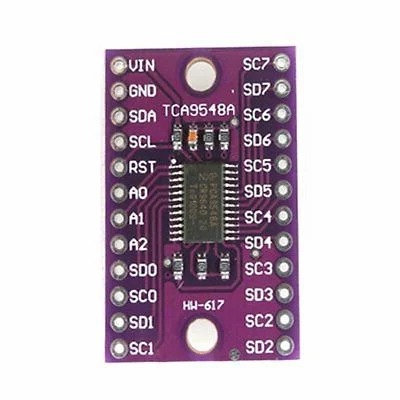
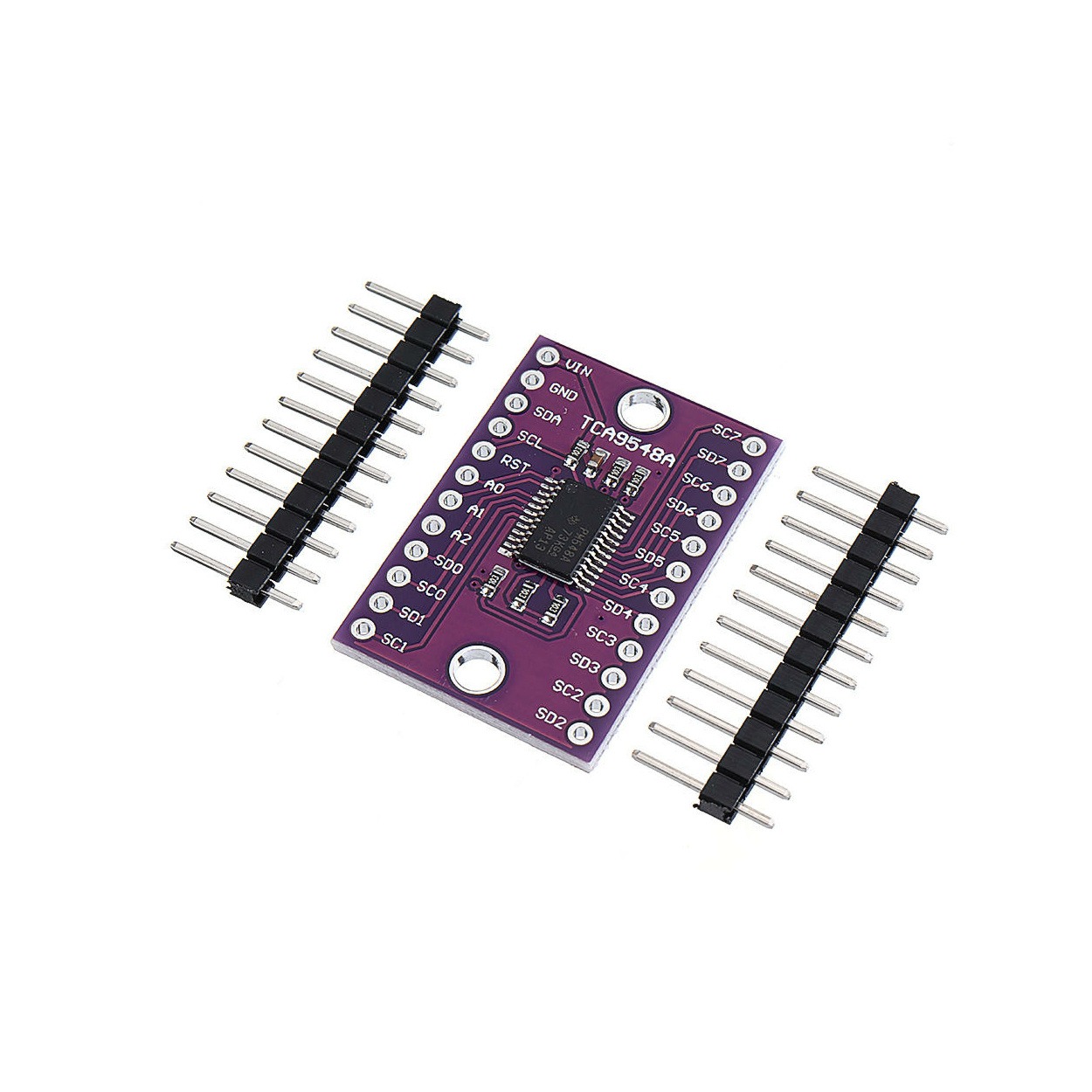
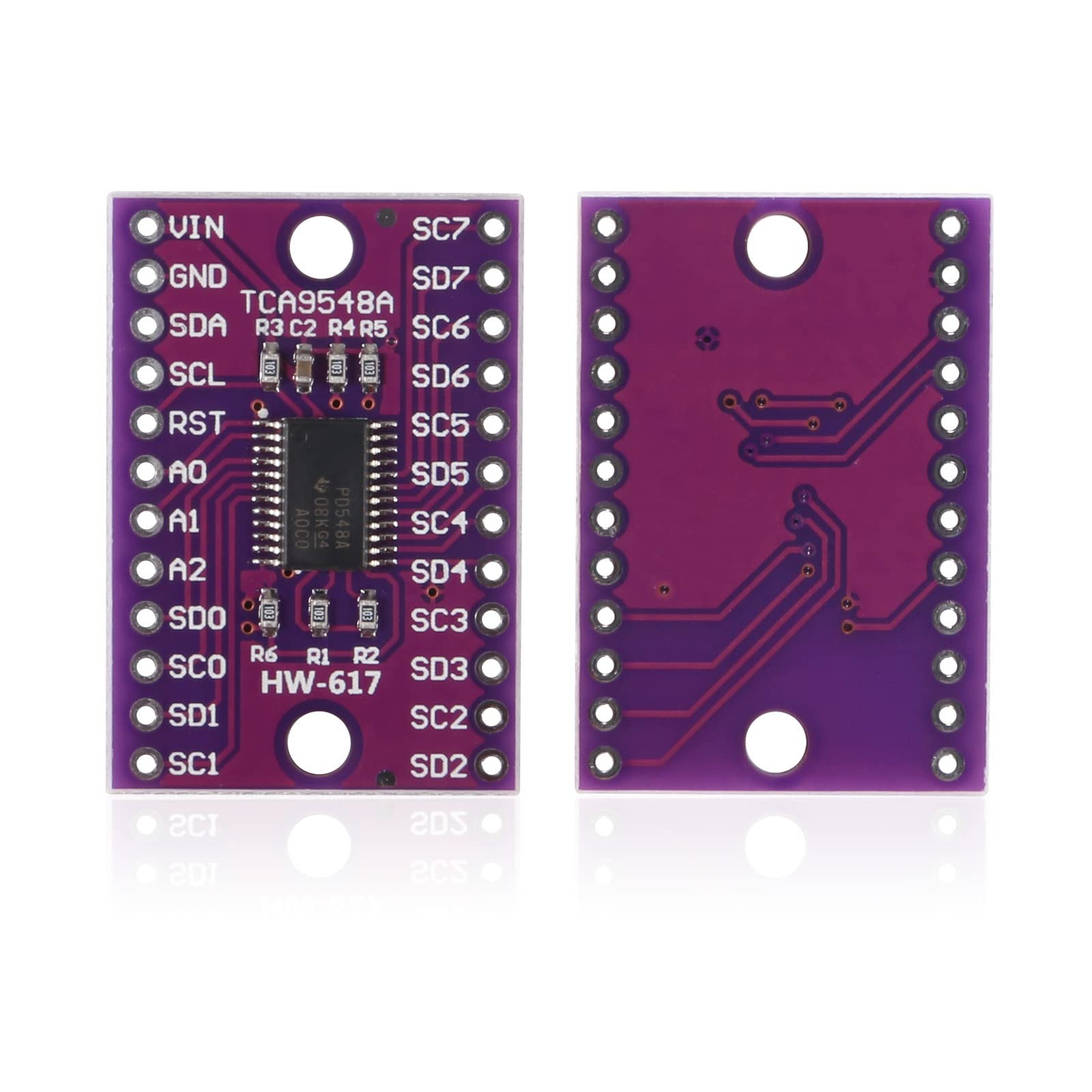
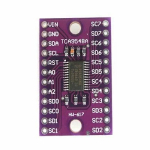
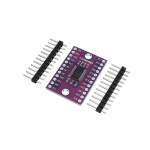
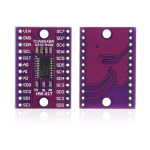

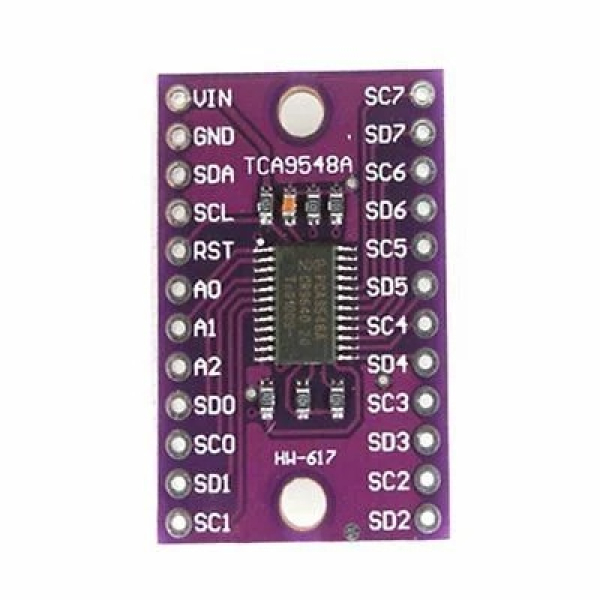
Reviews
There are no reviews yet.